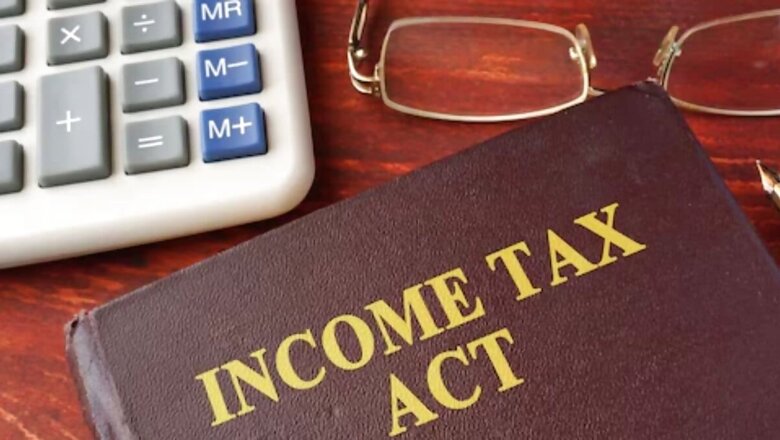
views
Section 143(1) of the Income Tax Act is a crucial provision that deals with the initial assessment of income tax returns. It outlines the process through which the Income Tax Department verifies and processes the tax returns filed by taxpayers.
Overview of Section 143(1):
Preliminary Assessment: Section 143(1) allows for a preliminary assessment of income tax returns filed by taxpayers. This process is automated and does not involve any detailed scrutiny by a tax officer at this stage.
What Happens Under Section 143(1)?
Essentially, when you file your income tax return, it undergoes computer-based scrutiny under Section 143(1).
Process Flow:
- Return Filing: After you file your income tax return (ITR), the Income Tax Department processes it under Section 143(1).
- Arithmetical Accuracy Check: The department checks the return for any arithmetical errors, incorrect claims, or discrepancies between income and deductions.
The Intimation Under Section 143(1)
Once the computer processing is complete, the Income Tax Department issues an intimation to the taxpayer. This intimation outlines the findings of the department and could lead to one of the following:
- No changes: If there are no discrepancies found, the return is accepted as filed.
- Refund: If the department finds excess tax paid, a refund is issued.
- Demand notice: If the department identifies a tax liability, a demand notice is sent.
Adjustments Made by the Department:
- Any arithmetic errors in the return.
- Incorrect claims that are apparent from the information provided.
- Disallowance of deductions, exemptions, or relief claimed if not supported by the details in the return.
Rectification and Appeal:
- If a taxpayer finds any discrepancies or errors in the intimation, they can request rectification under Section 154.
- If still not satisfied, the taxpayer may file an appeal before the Commissioner of Income Tax (Appeals).
What to Do After Receiving an Intimation?
- If there is a refund or no demand, no further action is required.
- If there is a tax demand, the taxpayer should either pay the demand or, if the taxpayer disagrees, file a rectification request under Section 154 or respond by providing explanations or documents as required.
If you receive an intimation under Section 143(1), it’s essential to:
- Review it carefully: Understand the reasons for any adjustments or demands.
- Act promptly: If you agree with the findings, pay the demanded tax or claim the refund.
- File a revised return: If you disagree with the adjustments, you can file a revised return within a specified time.
- File a rectification request: If you believe there is an error in the intimation, you can file a rectification request.
Important Considerations:
E-Filing: For returns filed electronically, the intimation is also issued electronically. Taxpayers should regularly check their registered email and the e-filing portal for any communication.
Rectification Time Limits: The rectification request under Section 154 must be filed within four years from the end of the financial year in which the intimation was received.
While Section 143(1) is generally a routine process, it’s always advisable to consult with a tax professional if you encounter any complexities or have doubts about the intimation.


















Comments
0 comment